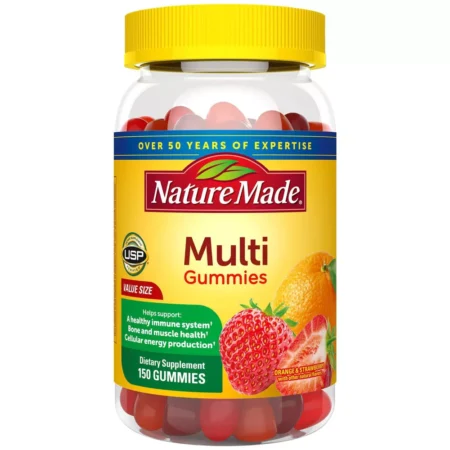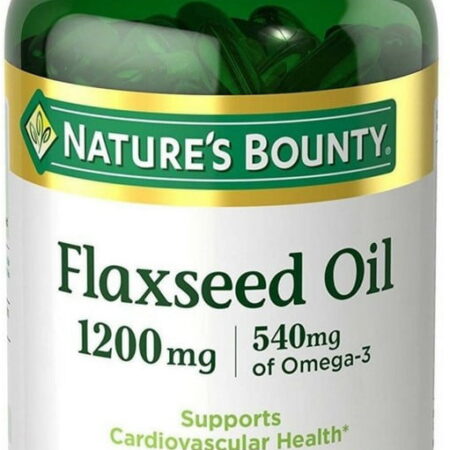Vitamin B12 shortage in babies causes bad motor advancement and anaemia, according to a research study from Burkina Faso carried out by the University of Copenhagen and Médecins Sans Frontières. B12 shortage is a huge, yet neglected issue, and the food relief we presently supply is not assisting. According to the scientists, the issue requires brand-new options.
In Denmark, cases of bad psychomotor advancement are routinely seen in kids raised on vegan diet plans, though such results are avoidable with everyday B12 supplements. However for kids in low-income nations, the opportunities of ever fulfilling their vitamin B12 requirements are far even worse. This is shown in prevalent B12 shortage amongst kids in Burkina Faso, according to a research study from the University of Copenhagen carried out in partnership with Médecins Sans Frontières (Medical professional’s Without Borders). The outcomes have actually been released in the journal Plos Medication.
An absence of vitamin B12 does not simply possibly cause anaemia, it can harm the nerve system. And for kids, B12 is essential for brain advancement.
” Amongst the lots of kids who took part in our research study, we discovered a strong connection in between vitamin B12 shortage and bad motor advancement and anaemia,” states Henrik Friis, very first author of the research study and a teacher at the University of Copenhagen’s Department of Nutrition, Workout and Sports.
For several years, there has actually been a concentrate on vitamin A, zinc and iron shortages when it concerns poor nutrition around the world, whereas there is a scarceness of research study on B12 shortage.
” B12 shortage is among the most neglected issues out there when it concerns poor nutrition. And regrettably, we can see that the food relief we offer today is not up to the job,” states Henrik Friis, who has actually dealt with nutrition and health in low-income nations for several years.
Over 1,000 kids with intense poor nutrition aged 6-23 months took part in the research study. The kids’s B12 levels were determined both prior to and after 3 months of everyday food relief provisions including the suggested B12 material. When the research study started, two-thirds of the kids had either low or limited levels of B12.
Short-term food relief does not fill B12 shops
” Throughout the duration when kids were offered with food relief, their B12 levels increased, prior to reducing significantly when we stopped the program. In spite of provisioning them with food relief for 3 months, their shops stayed far from topped up. This, when a normal food relief program just runs for 4 weeks,” states Henrik Friis.
Even after 3 months of food relief, one third of the kids continued to have low or limited levels of B12 saved. The regrettable description is that there is a cap on just how much B12 can be taken in.
” A kid’s gut can just soak up 1 microgram of B12 per meal. So, if a kid is doing not have 500 micrograms, it will take a lot longer than the couple of weeks that they have access to emergency situation food relief,” discusses Vibeke Brix Christensen, a pediatrician and medical consultant to Médecins Sans Frontières and co-author of the research study.
” Additionally, longer-term relief programs aren’t practical, as humanitarian companies are attempting to minimize the period of treatment programs with the objective of having the ability to serve a bigger variety of kids for the very same quantity of cash,” continues Vibeke Brix Christensen.
She explains that it may make a distinction to divide the needed quantity of vitamin B12 throughout a number of meals, which would most likely permit kids to soak up the very same quantity of B12 each time. However the issue is that if prevalent B12 shortage appears amongst kids in low-income nations, it is challenging to do anything about it.
New options required on the table
Avoiding B12 shortage would be the very best strategy. Regrettably, lasting options have yet to end up being easily offered according to Teacher Friis.
Due to the fact that our bodies can not produce B12 by themselves, we require to have it provided to us through animal-based items or artificial supplements. Nevertheless, in lots of low-income nations, access to animal-based foods is exceptionally challenging for the basic population. One might question, are tablets or strengthened foods items the method to avoidance?
” Perhaps, however the issue in low-income nations is inadequately resourced and weak healthcare systems. Distributing tablets to millions and countless individuals is not affordable. And to enhance foods with B12, it should be contributed to foods items that are available to the bad. This needs commercial growth, as lots of people presently consume just what they can produce themselves. Additionally, it needs legislation that it is not based upon voluntary involvement,” states Henrik Friis, who has higher faith in other kinds of options:
” Specific families might be incentivized to keep chickens and possibly goats, which a mom might handle and utilize to offer access to animal-based foods items. Lastly, work requires to be done to establish fermented items with B12 producing germs– something that does not yet exist, however towards which scientists and business are currently working,” concludes Henrik Friis.
The scientists remain in discussion with UNICEF’s Supply Department, based in Copenhagen, about how items to deal with moderate to intense poor nutrition can be enhanced.
TRUTHS:
VICIOUS CYCLE
- B12 shortage can be transferred from mom to kid. If a mom is B12 lacking, her kid will be born B12 lacking also, prior to getting breast milk with insufficient B12 in it. A kid’s B12 shortage can impact the development and regrowth of their digestive cells. Subsequently, the kid’s capability to soak up B12 and other important nutrients will be minimized. In this method, B12 shortage adds to the advancement of poor nutrition.
ABOUT INTENSE POOR NUTRITION
- Considering That 2010, the Department of Nutrition, Workout and Sports (NEXS) at the University of Copenhagen has actually dealt with the WHO and UNICEF, to name a few, with a concentrate on enhancing the emergency situation food relief utilized to fight youth poor nutrition.
- According to UNICEF, around 200 million kids under the age of 5 experience poor nutrition worldwide. Poor nutrition adds to the death of 3 million kids every year.
- Intense poor nutrition in kids is identified by kids who are too thin in percentage to their height. Internationally, it is approximated that around 50 million kids are acutely malnourished, with 2 thirds of these struggling with moderate poor nutrition and the staying 3rd struggling with significantly intense poor nutrition.
- Today, just about 20% of significantly malnourished kids get emergency situation food relief.
ABOUT THE RESEARCH STUDY
- 1,609 kids from Burkina Faso with moderate to intense poor nutrition took part in the research study. The scientists had the ability to determine cobalamin serum levels in 1,192 of these kids.
- The kids got 3 various kinds of food relief provisions, all of which consulted with WHO requirements.
- The research study is a reanalysis of information gathered in Burkina Faso under the research study job TREATFOOD.





